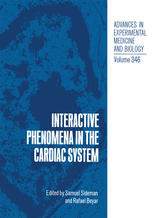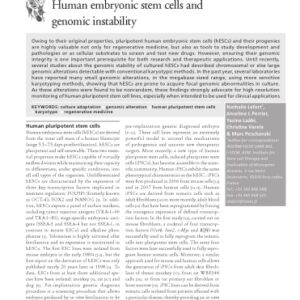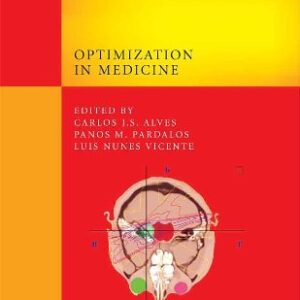The cardiac system represents one of the most exciting challenges to human ingenuity. Critical to our survival, it consists of a tantalizing array of interacting phenomena, from ionic transport, membrane channels and receptors through cellular metabolism, energy production to fiber mechanics, microcirculation, electrical activation to the global, clinically observed, function, which is measured by pressure, volume, coronary flow, heart rate, shape changes and responds to imposed loads and pharmaceutical challenges. It is a complex interdisciplinary system requiring the joint efforts of the life sciences, the exact sciences, engineering and technology to understand and control the pathologies involved. The Henry Goldberg Workshops were set up to address these multivariable, multidisciplinary challenges. Briefly, our goals are: To encourage international cooperation and foster interdisciplinary interaction between scientists from the different areas of cardiology; to relate microscale cellular phenomena to the global, clinically manifested cardiac function; to relate conceptual modeling and quantitative analysis to experimental and clinical data; to gain an integrated view of the various interacting parameters, identify missing links, catalyze new questions, and lead to better understanding of the cardiac system. The outstanding success of past workshops has encouraged their continuation. The first Henry Goldberg Workshop, held in Haifa in 1984, introduced the concept of interaction between mechanics, electrical activation, perfusion and metabolism, emphasizing imaging in the clinical environment. The second Workshop, in 1985, discussed the same parameters with a slant towards the control aspects.
Medicine
{PDF} Interactive Phenomena in the Cardiac System Peter H. Backx, Wei Dong Gao, Michelle D. Azan-Backx, Eduardo Marban (auth.), Samuel Sideman, Rafael Beyar (eds.)
$9.99






Reviews
There are no reviews yet.